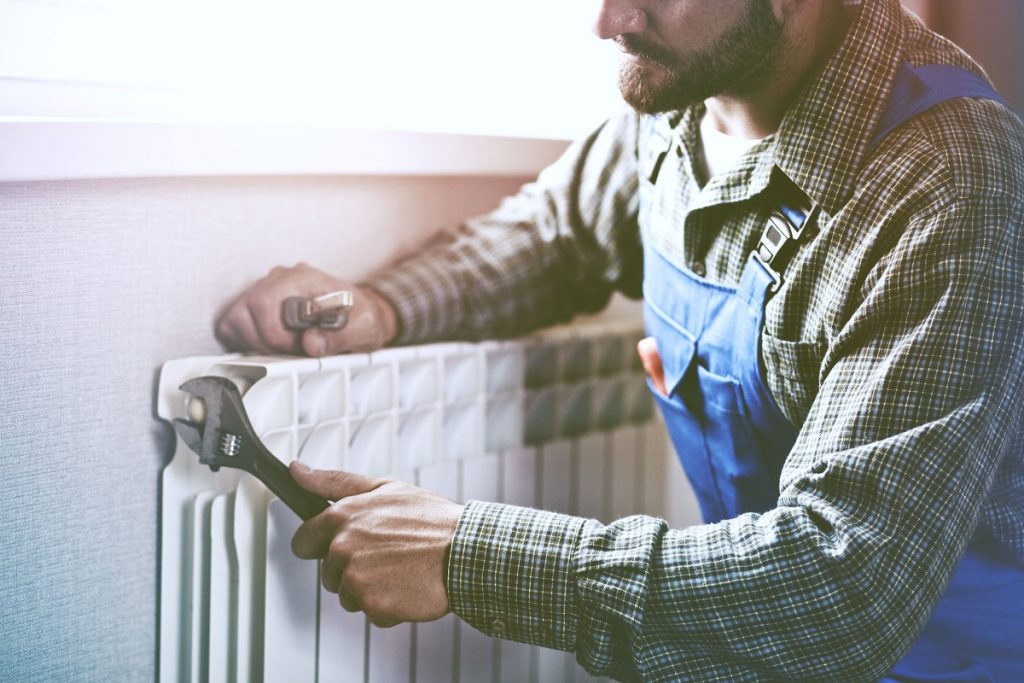Ever since ancient times, people have been exploring methods to strengthen their properties. For instance, in the Middle Ages, the German and Scandinavian conquerors of Europe turned castles into fortresses with warfare protection in the form of fortified walls and ornate barricades. Nowadays, people use more sophisticated and modern tactics to make their homes durable and ready to face environmental factors.
If you want to make your house more immune to wear and tear, as well as prevent major damages caused by disasters, here are several ways to follow:
Maintain your HVAC systems
The American Red Cross reports that huge fires can be prevented by doing precautionary measures, such as the regular checking of HVAC (heating, ventilation, and air conditioning) systems. Hire expert services for the routine maintenance and repair of your HVAC because trying to do things yourself may cause further damage.
It is also important to have faulty electrical connections fixed since they are potential fire hazards. Check outlets and unplug all the appliances and personal electronics that you are not using or charging. Ensuring that the wattage of your light bulbs does not exceed the recommended figure also contributes to giving you peace of mind.
Keep flammable materials away from kitchen appliances
Unkempt batteries and thin materials, such as curtains, towels, and tissue rolls, should not be placed near heat-producing appliances, such as ovens, pressure cookers, and cooking stoves. It is also highly important to have a fire extinguisher in your kitchen. Investing in a high-tech fire alarm system is also beneficial.
Secure movable items in your home
EarthquakeKitGuide.com explains that the most dangerous occurrence that could happen to a person during an earthquake is being hit by loose and heavy objects. Therefore, it’s best to make earthquake-proofing a priority.
Inspect unstable fixtures and unmounted pieces of furniture. Strap down large items using safety buckles and use anchoring materials like flexible fasteners to keep objects attached to the walls. Installing latches on doors is also good as they may swing with a rocking motion and hit you. Lastly, use braces on ceiling fixtures to prevent them from falling and causing injury and damage.
Ensure that your walls and ceilings are plastered or dry-lined
 Dry lining or drywalling is a process of cladding walls and ceilings to make them even in texture and more durable. Smooth internal faces allow the convenient application of paint. The walls can also be repaired easily because changing materials is relatively faster. Dry-lined surfaces also heighten thermal insulation and prevent condensation during dry and humid seasons. Extreme temperature, vaporisation, and humidity may cause cracks and small damages in walls and ceilings that can get worse over time.
Dry lining or drywalling is a process of cladding walls and ceilings to make them even in texture and more durable. Smooth internal faces allow the convenient application of paint. The walls can also be repaired easily because changing materials is relatively faster. Dry-lined surfaces also heighten thermal insulation and prevent condensation during dry and humid seasons. Extreme temperature, vaporisation, and humidity may cause cracks and small damages in walls and ceilings that can get worse over time.
Hire professionals for major dry walling processes, but for minor repairs such as fixing rough patches and uneven texture, you can use simple dry lining tools for a DIY home improvement project.
As the old adage goes, “Prevention is better than cure.” This accurately applies to the maintenance of your home. Proper preparation and routine repairs are necessary to ensure the safety of your family members. You will also be saved from undesirable damages that require hefty sums of money to be repaired and restored. If you wish to take bigger steps in fortifying your home, it will be helpful to consult local authorities and qualified experts.

